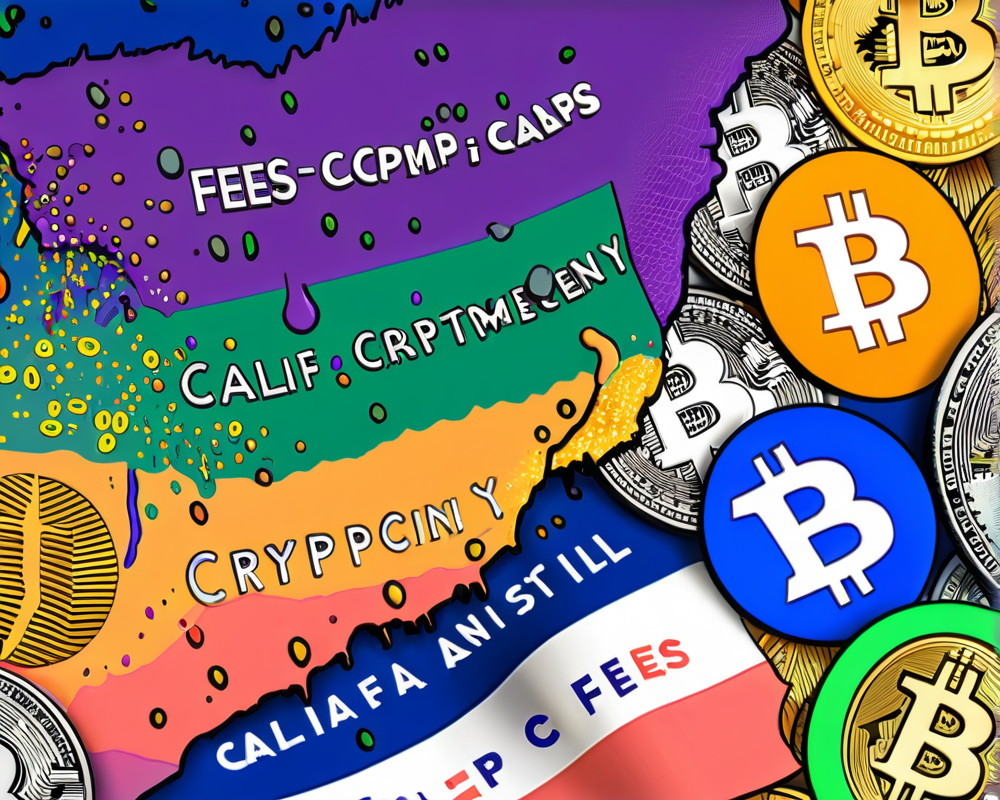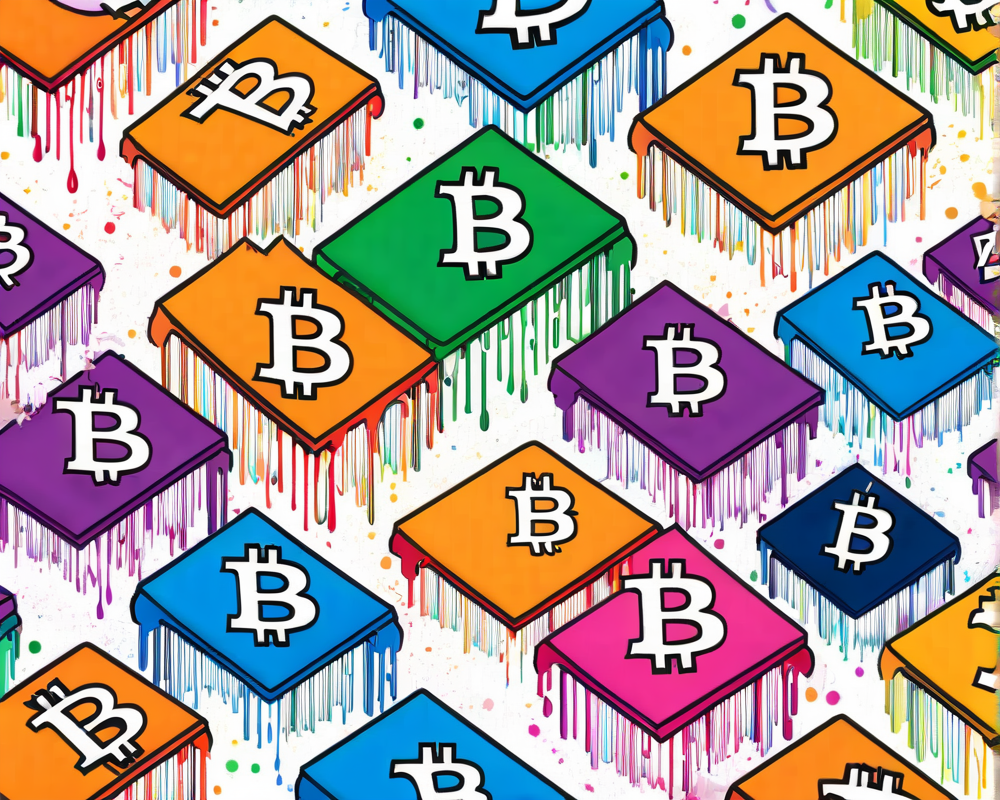The Historic Merge Upgrade: A New Era for Ethereum
Back in September 2022, Ethereum breathed a sigh of relief as it finally transitioned from proof-of-work (PoW) to proof-of-stake (PoS). Picture this: miners hanging up their pickaxes and validators stepping in with a fancy new wallet stuffed with ETH. The atmosphere was electric, and optimism ran high. And then… BAM! Compliance standards from the Office of Foreign Assets Control (OFAC) came crashing down, much like your aunt’s fruitcake on Christmas morning.
OFAC Compliance: The Good, the Bad, and the Ugly
Now, OFAC compliance isn’t just some dry legal jargon; it has real implications on Ethereum’s ecosystem. It’s like telling your favorite pizza place to stop using pepperoni because it’s not gluten-free. The Merge led to some Ethereum blocks playing by the OFAC rules, which means certain transactions got the big ‘no thanks’ stamp. This is especially worrisome because it undermines the neutrality that Ethereum works hard to maintain.
Just as a reminder, the trouble started properly in early August 2022 when OFAC decided that Tornado Cash and its associated ETH addresses were on their naughty list, thanks to their ability to make transactions as anonymous as a ninja in a black cloak.
The Rise and Fall of Compliance Rates
If you thought the transition was smooth, think again. The compliance rates were like a roller coaster. Before the Merge, Ethereum blocks were strutting around with an impressive OFAC compliance rate of 78% in November 2022. Skip to the present (September 27th), and the percentage has plummeted to a staggering 30%. Yes, folks, that’s a 57% drop! Talk about a dramatic decline.
Censorship at Play
With compliance numbers that low, you might wonder who the usual suspects are? Enter the censoring MEV-Boost relays—basically the gatekeepers of Ethereum validating. Big names like Binance, Celsius Network, and Coinbase found themselves on the top of the ‘Censorship Offenders’ list. They were the ones running the relays that say “nope” to non-compliant transactions faster than you can say ‘blockchain.’
Countering Compliance: The Underdogs of Relays
But wait, there’s hope! To counter this compliance crisis, a noble-hearted band of relay operators are slinging a selection of alternatives: Flashbots, BloXroute, and a couple of others. Out of the famous seven major relays, only three have the guts to defy OFAC compliance. It’s kinda like a superhero movie where these relays wear their capes with pride while the others bolt in fear.
What About the Validators?
Speaking of the brave heroes, validators not located in the U.S. are grumbling too. For the health of the Ethereum network, it might be in their best interest to adopt non-censoring relays. They need to channel their inner rebel without a cause!
Grayscale: A Cautionary Tale
As the compliance rates dwindle, not everyone is losing their cool. Grayscale thought it wise to ditch the rights to PoW Ethereum tokens (ETHPoW). According to their announcement, the market was feeling a bit dry, making it impossible to sell or acquire these tokens. If you thought watching paint dry was boring, well, this market is putting it to shame. Meanwhile, some investment firms like ETC Group are still trying to ride the wave with EthereumPoW exchange-traded products (ETPs).
In the grand scheme of things, what’s important is that Ethereum’s ecosystem learns and evolves. With the Merge upgrade setting the stage, will it gather its act together? Or will it find new ways to keep getting into regulatory hot waters? Time will tell, and so will your half-baked conspiracy theories.




